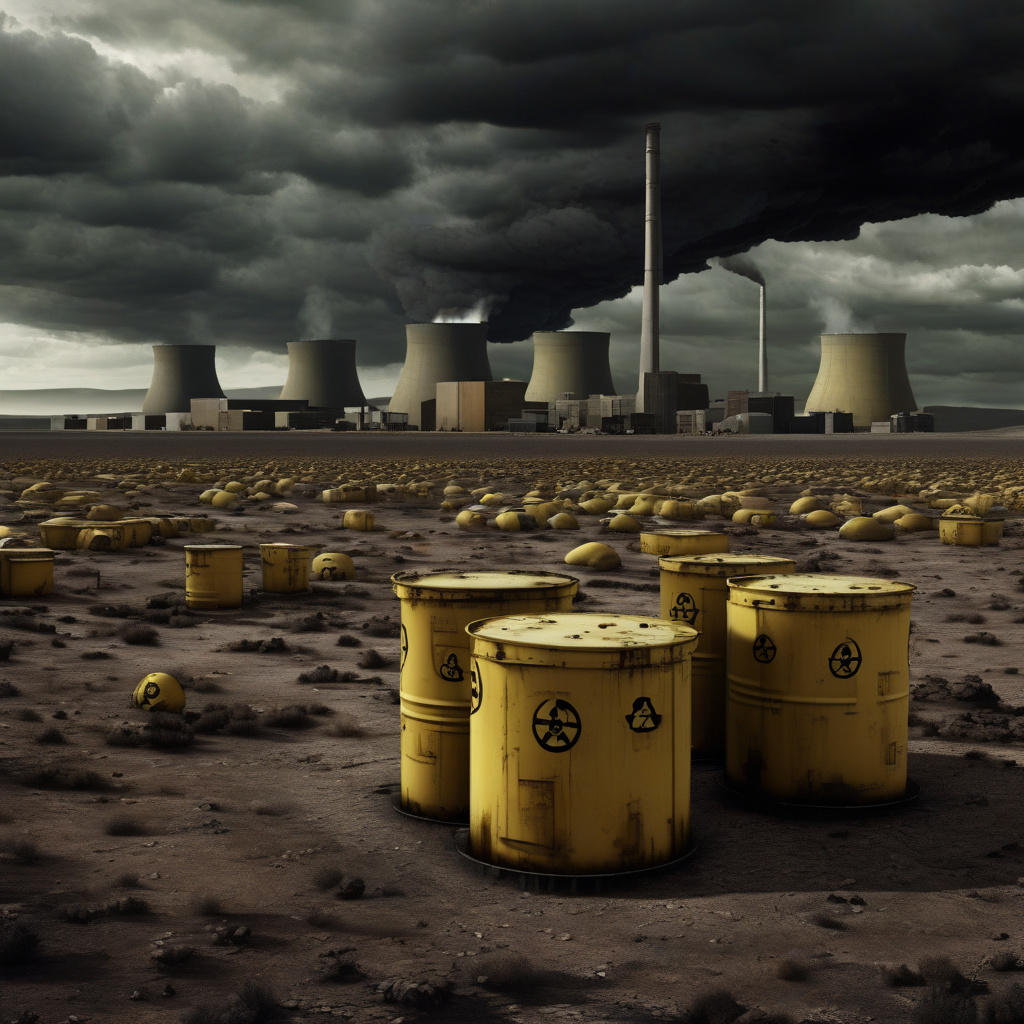Buried for 50 years: US legacy nuclear waste remains shifted to new graveyard
A highly radioactive waste, stored for over five decades at Oak Ridge National Laboratory (ORNL), is finally seeing the light of day with a shift to a new disposal site. This significant move marks a crucial step in managing the long-standing issue of nuclear waste in the United States.
The waste in question, a byproduct of nuclear weapons production during the Cold War era, has posed environmental and safety challenges since its initial storage. With the original burial sites reaching capacity and showing signs of deterioration, the decision to relocate the waste was a necessary one. The Department of Energy (DOE) took on the task of identifying a suitable disposal location, ensuring that strict safety protocols were followed throughout the transfer process.
The new graveyard for the legacy nuclear waste is designed to meet modern standards for long-term storage of radioactive materials. Engineered barriers such as multi-layered liners, monitoring systems, and natural geological features provide additional protection against potential leaks or contamination of groundwater. By implementing these advanced safety measures, the DOE aims to prevent any adverse impact on the environment and surrounding communities.
Furthermore, the relocation effort underscores the importance of ongoing research and development in the field of nuclear waste management. Scientists and engineers continue to explore innovative technologies for treating and storing radioactive materials, with an emphasis on minimizing risks and maximizing containment effectiveness. From advanced vitrification processes to deep geological repositories, the quest for safe and sustainable solutions remains a top priority in the nuclear industry.
In addition to the technical aspects of waste disposal, public engagement and transparency play a crucial role in building trust and ensuring accountability. Stakeholder involvement, including local residents, environmental groups, and regulatory agencies, is essential for fostering open communication and addressing concerns related to nuclear waste management. By actively involving the community in decision-making processes, the DOE can enhance the overall effectiveness of its waste disposal initiatives.
As the legacy nuclear waste finds its final resting place in the new graveyard, it serves as a reminder of the complex challenges associated with nuclear technology. While significant progress has been made in safeguarding and securing radioactive materials, ongoing vigilance and proactive measures are essential to mitigate potential risks in the future. By learning from past experiences and embracing a culture of continuous improvement, the nuclear industry can uphold its commitment to safety, environmental stewardship, and public well-being.
In conclusion, the recent transfer of US legacy nuclear waste to a new disposal site reflects a milestone in the journey towards responsible waste management. By prioritizing safety, innovation, and stakeholder engagement, the DOE sets a precedent for effective nuclear waste disposal practices. As we look ahead, it is imperative to build upon this progress and drive further advancements in the field of radioactive waste containment and remediation.
nuclear waste, US, legacy, disposal site, DOE












